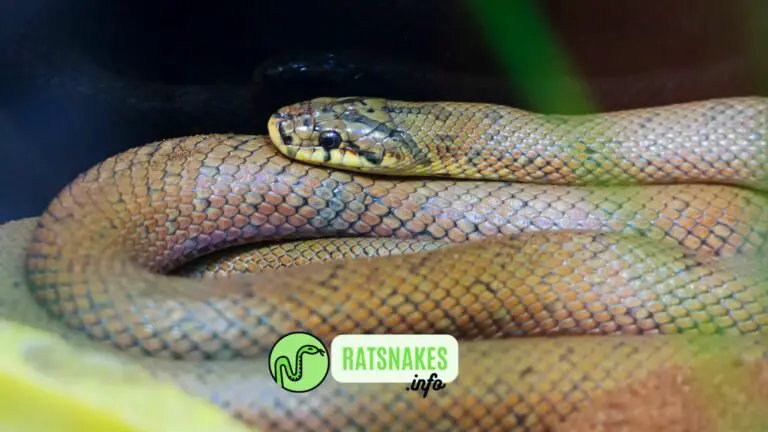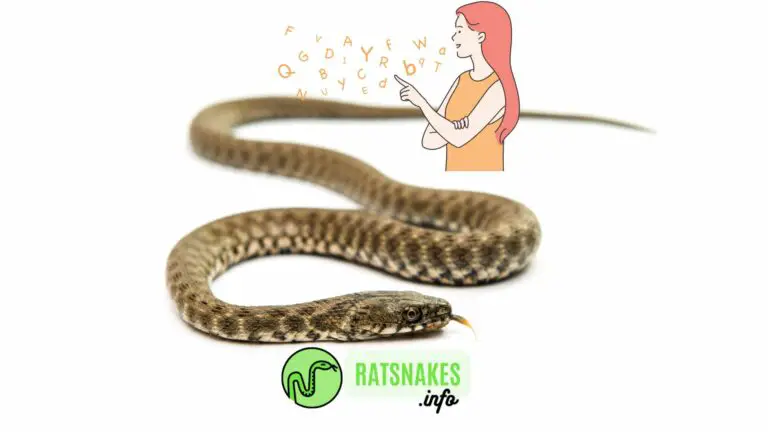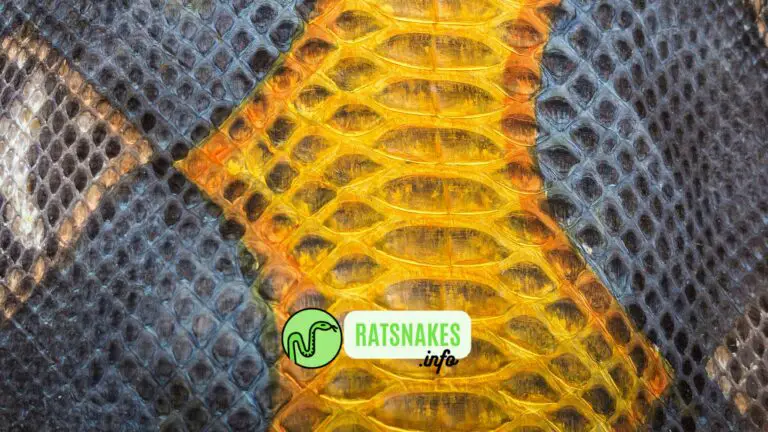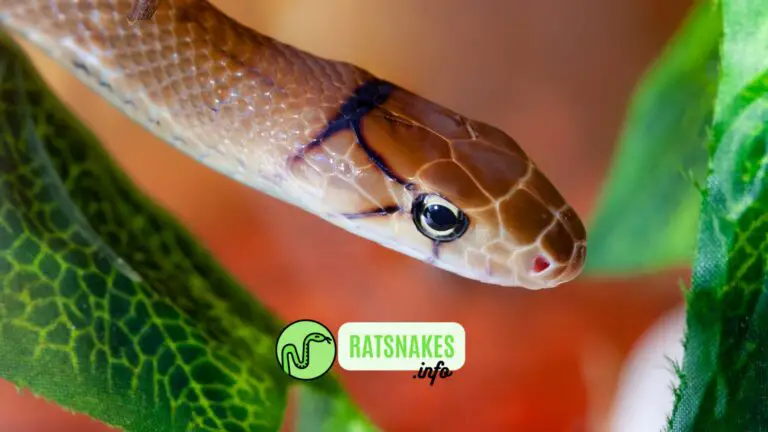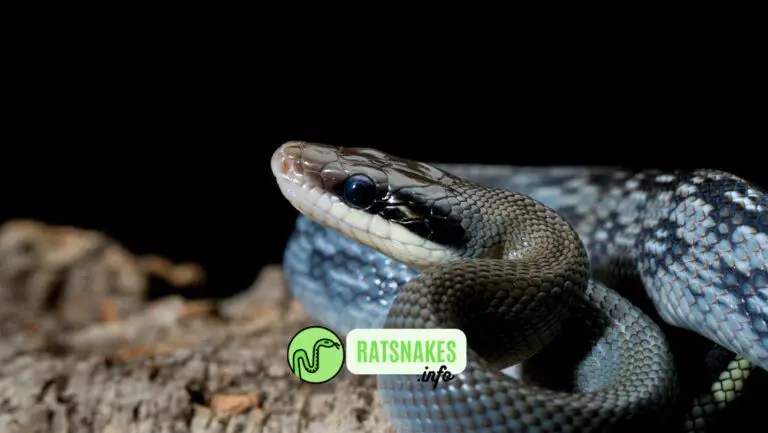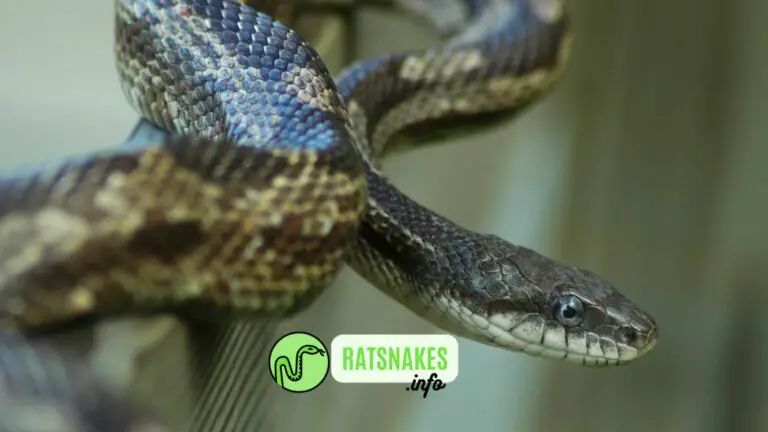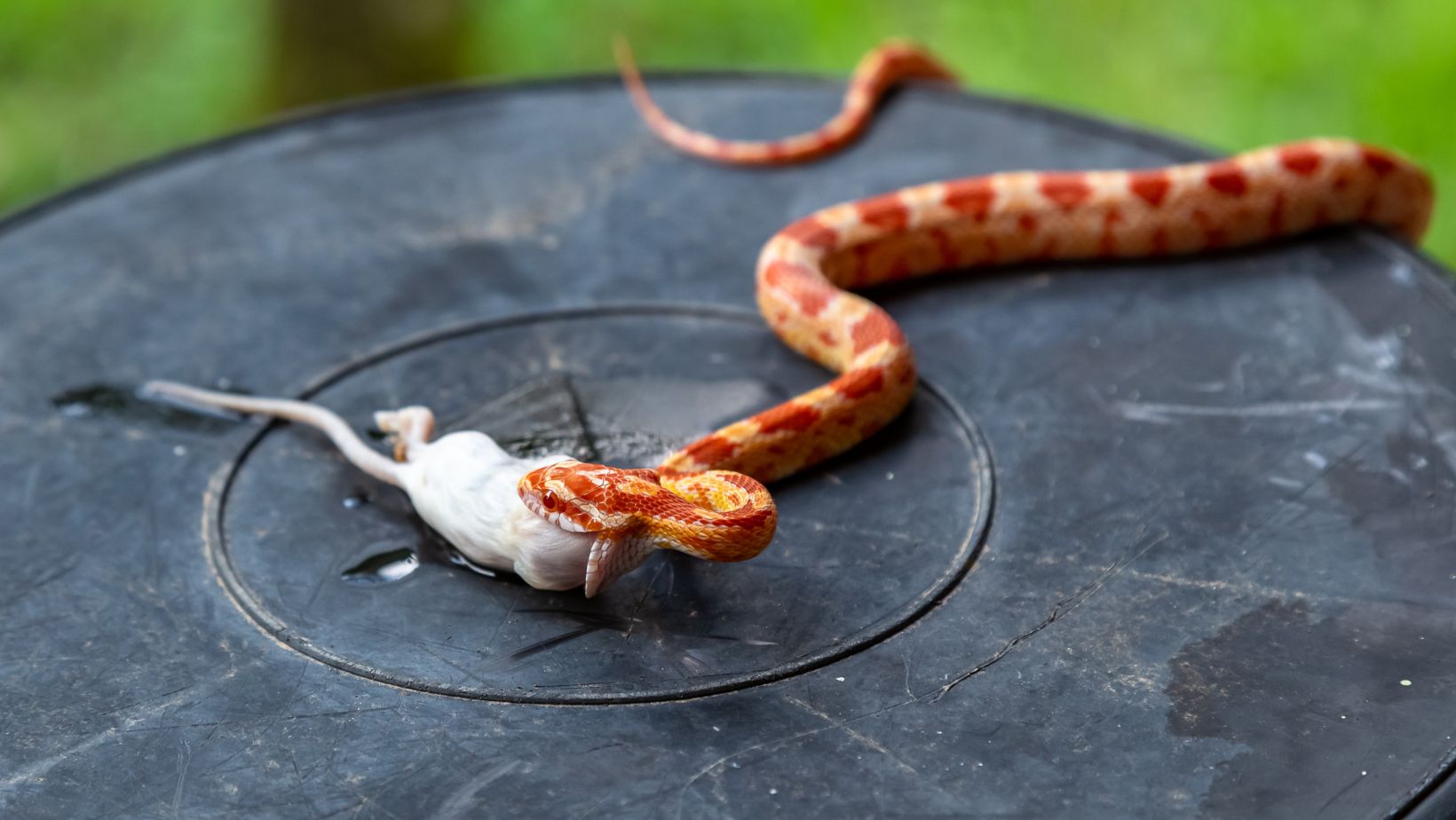
Rat snakes are a fascinating species of non-venomous snakes found in various parts of the world. They belong to the Colubridae family and are known for their adaptability and hunting skills. Understanding the diet of rat snakes is essential for snake enthusiasts, pet owners, and individuals interested in snake ecology. In this article, we will explore the diet of rat snakes, including their preferred food sources, hunting behavior, and the role they play in rodent control.
Rat Snake Species
Rat snakes are a diverse group of snakes with several common species found across different regions. Some of the well-known rat snake species include the Eastern Rat Snake (Pantherophis alleghaniensis), Western Rat Snake (Pantherophis obsoletus), and Texas Rat Snake (Pantherophis obsoletus lindheimeri). Each species has its own unique characteristics, but they all share similar dietary preferences.
What Do Rat Snakes Eat In Wild And Captivity
Rat snakes are non-venomous constrictor snakes that are found in various parts of the world. Their diet primarily consists of small mammals, birds, eggs, and occasionally reptiles. The specific diet of rat snakes can vary depending on their geographic location and the availability of prey species. Here’s a breakdown of what rat snakes eat in the wild and in captivity:
Wild Diet:
In the wild, rat snakes primarily feed on:
-
- Rodents: They consume various species of rodents such as mice, rats, voles, and sometimes even squirrels.
- Birds: Rat snakes are skilled climbers and can catch birds and their eggs in trees and nests.
- Eggs: They are known to raid bird nests and consume the eggs.
- Other small mammals: Rat snakes may also prey upon small mammals like shrews, bats, and sometimes even rabbits.
Captive Diet:
In captivity, the diet of rat snakes is typically based on commercially available frozen and thawed prey items. The following are commonly fed to captive rat snakes:
-
-
- Mice and rats: Pre-killed and frozen mice and rats are the primary food items for captive rat snakes. The size of the prey is determined by the size and age of the snake.
- Chicks: Some snake keepers also offer frozen chicks as part of the diet.
- Quail: Adult rat snakes may be fed frozen quail to provide a larger meal.
- Occasionally, snake keepers may also introduce other small mammals like hamsters or gerbils, depending on the snake’s size and dietary needs.
-
It’s important to note that captive rat snakes require a balanced diet that includes proper nutrition and appropriate prey sizes to avoid obesity or malnutrition. The specific diet and feeding schedule may vary depending on the age, size, and health of the individual snake. It is recommended to consult with a reptile veterinarian or an experienced snake keeper to determine the best diet for a captive rat snake.
Overview of Rat Snake Diet
Rat snakes are primarily carnivorous, with a diet consisting mainly of small mammals, birds, eggs, and occasionally reptiles. As their name suggests, rats and mice are a significant part of their diet. However, rat snakes are opportunistic hunters and can adapt to different prey sources depending on their habitat and availability.
Main Food Sources
In the wild, rat snakes primarily feed on rodents such as rats, mice, and voles. They are skilled climbers and can locate rodent nests in trees, barns, and other structures. Additionally, rat snakes may also consume bird eggs, birds, frogs, lizards, and even small snakes. Their ability to consume a variety of prey makes them adaptable hunters.
Hunting and Feeding Behavior
Rat snakes employ various hunting techniques depending on the type of prey. They are constrictor snakes, meaning they subdue their prey by coiling their bodies around them and exerting pressure until the prey is immobilized. Once the prey is captured, rat snakes swallow their food whole, aided by their flexible jaws and expandable stomachs.
Rat Snakes as Rodent Control
One of the significant benefits of rat snakes is their natural ability to control rodent populations. By preying on rats and mice, rat snakes contribute to maintaining a balance in ecosystems and preventing the spread of diseases carried by rodents. This ecological role makes them valuable assets in agricultural settings and even residential areas where rodent infestations are common.
Factors Affecting Diet
The diet of rat snakes can be influenced by several factors, including:
Age and Size
Young rat snakes have different dietary requirements compared to adult snakes. Juveniles typically consume smaller prey items, such as small mice or insects, before transitioning to larger prey as they grow. Adult rat snakes can consume larger rodents.
Seasonal Variations
Rat snake diets may vary seasonally. During warmer months, when rodents and other prey are more abundant, rat snakes may consume larger quantities. In colder months or during hibernation, their feeding frequency decreases.
Habitat and Environment
The type of habitat a rat snake occupies can impact its diet. For example, rat snakes living near bodies of water may consume more amphibians and fish, while those in forested areas are more likely to prey on rodents and birds.
Prey Availability
The availability of prey in the environment directly influences the diet of rat snakes. If their preferred food sources are scarce, they may switch to alternative prey items to survive.
Health Considerations
Providing a proper diet is crucial for the health and well-being of rat snakes. Consider the following factors when feeding rat snakes:
Nutritional Needs
Rat snakes require a balanced diet rich in protein and other essential nutrients. Feeding them a variety of prey items helps ensure they receive the necessary nutrition for optimal growth and development.
Common Health Issues
Improper diet or feeding practices can lead to health issues in rat snakes. These may include obesity, malnutrition, digestive problems, and regurgitation. It is important to monitor their weight, body condition, and feeding frequency to avoid such complications.
Feeding Frequency
The frequency of feeding depends on the age and size of the snake. Juveniles may require more frequent meals compared to adult snakes. However, overfeeding should be avoided to prevent obesity.
Feeding Techniques
When feeding rat snakes in captivity, it is advisable to offer pre-killed prey items. This minimizes the risk of injury to the snake and ensures that the prey is safe for consumption. Prey should be appropriately sized, not too large or too small for the snake to swallow comfortably.
Rat Snake Care
Caring for rat snakes involves more than just their diet. Here are some additional considerations:
Providing a Suitable Diet in Captivity
When keeping rat snakes as pets, it is essential to replicate their natural diet as closely as possible. Offering a variety of prey items, such as frozen-thawed rodents, is a safe and convenient option. Always ensure the prey is properly thawed and warmed before offering it to the snake.
Handling and Safety Precautions
Rat snakes, like any snake, should be handled with care and respect. Proper handling techniques should be followed to minimize stress for the snake and reduce the risk of bites or injuries to the handler.
Feeding Schedule
Establishing a consistent feeding schedule for captive rat snakes is beneficial. It helps regulate their metabolism and ensures they receive adequate nutrition. Depending on the age and size of the snake, feeding may range from once every few days to once every few weeks.
Conclusion
Understanding the diet of rat snakes is essential for their well-being, whether in the wild or in captivity. Rat snakes play a vital role in rodent control, making them valuable allies to humans. By providing them with a suitable diet and maintaining their overall health, we can appreciate their ecological significance and ensure their longevity.
FAQs
Q: What other food can be offered to rat snakes?
A: In addition to rodents, rat snakes can be offered other small mammals like hamsters or gerbils. Some rat snakes may also accept chicks, quail, or other small birds as part of their diet.
Q: Can rat snakes eat live prey?
A: While rat snakes can consume live prey, it is generally recommended to offer pre-killed or frozen-thawed prey items. Live prey can pose a risk of injury to the snake, and pre-killed prey is safer and easier to manage.
Q: How often should rat snakes be fed?
A: Feeding frequency depends on the age and size of the snake. Juveniles may require meals every 5-7 days, while adults can be fed every 1-2 weeks. However, individual snake metabolism and activity levels may vary, so it’s important to monitor their body condition and adjust the feeding schedule accordingly.
Q: What are signs of an unhealthy diet in rat snakes?
A: Signs of an unhealthy diet in rat snakes can include weight loss, poor body condition, regurgitation, or lack of appetite. If any of these signs are observed, it is essential to review their diet and seek veterinary advice if necessary.
Q: Are there any alternatives to feeding live rodents to rat snakes?
A: Yes, there are alternatives to live rodents. Pre-killed rodents, which can be purchased frozen and thawed before feeding, are a safe and convenient option. Some pet stores also offer commercially available rodent diets that can be a suitable alternative for rat snakes.

